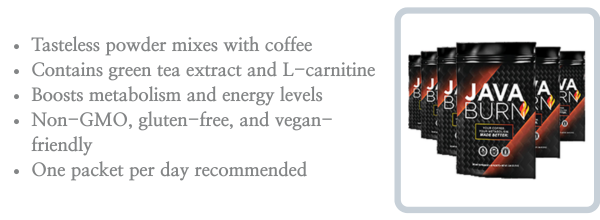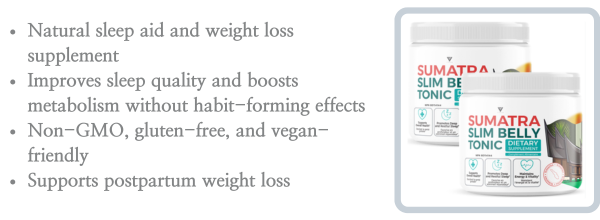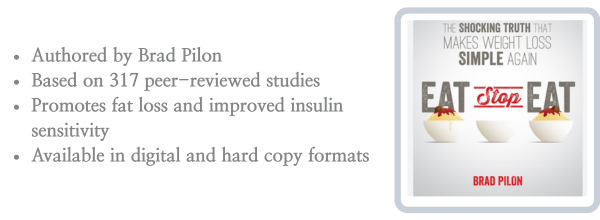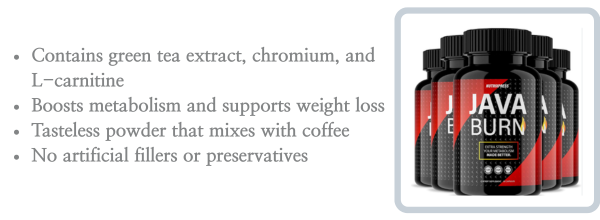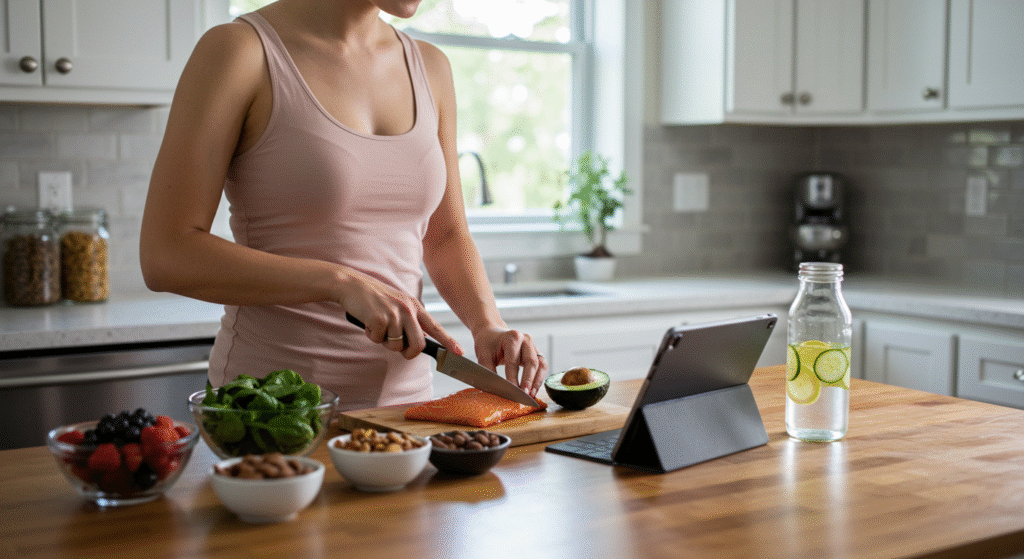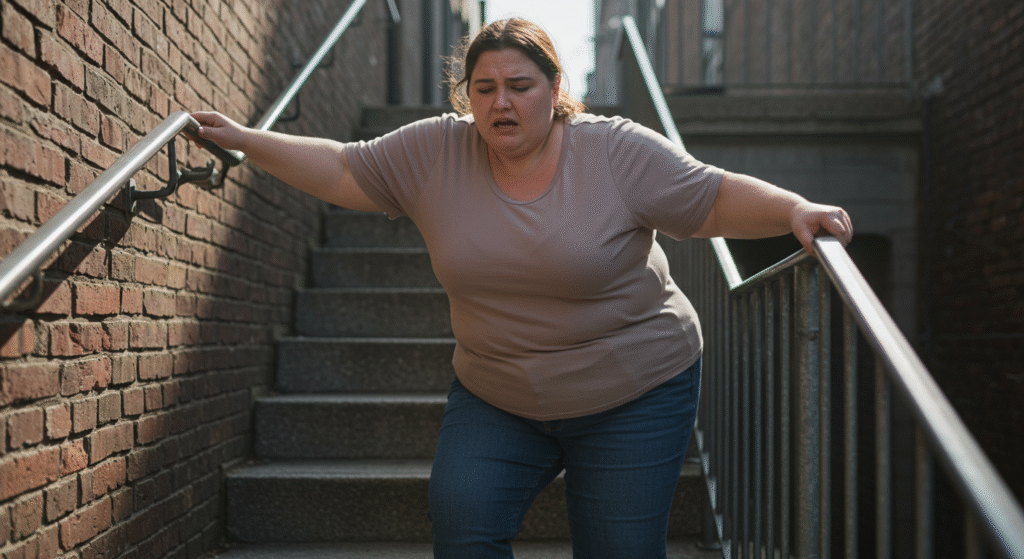
If you’re totally over the whole “toast and cereal” routine that leaves you starving by 10 a.m., this one’s for you. We’re diving into the world of low-carb breakfast ideas—think meals packed with protein, good fats, and veggies that actually keep you from crashing before lunch. The article breaks down why more people are saying goodbye to heavy carbs in the morning, what they’re eating instead (and nope, it’s not just endless eggs), and how to make these meals work even if your mornings are chaos. It’s practical, not preachy—and who knows, it might just change your whole approach to breakfast. There you are—blurry-eyed, fridge door hanging open, wondering what in the world you can throw together that won’t have you reaching for snacks an hour later. Sound familiar? Cereal’s easy. Toast is even easier. But let’s be real—they both tank your energy before noon. It leaves you stuck in this weird loop of convenient but unsatisfying breakfasts. And honestly? There’s got to be something better. Something that’s quick, but actually gives you that solid, steady kind of energy. Not the crash-and-burn kind.

If you’re totally over the whole “toast and cereal” routine that leaves you starving by 10 a.m., this one’s for you. We’re diving into the world of low-carb breakfast ideas—think meals packed with protein, good fats, and veggies that actually keep you from crashing before lunch. The article breaks down why more people are saying goodbye to heavy carbs in the morning, what they’re eating instead (and nope, it’s not just endless eggs), and how to make these meals work even if your mornings are chaos. It’s practical, not preachy—and who knows, it might just change your whole approach to breakfast.
There you are—blurry-eyed, fridge door hanging open, wondering what in the world you can throw together that won’t have you reaching for snacks an hour later. Sound familiar? Cereal’s easy. Toast is even easier. But let’s be real—they both tank your energy before noon. It leaves you stuck in this weird loop of convenient but unsatisfying breakfasts. And honestly? There’s got to be something better. Something that’s quick, but actually gives you that solid, steady kind of energy. Not the crash-and-burn kind.
So what’s the deal with low-carb breakfasts anyway? Basically, you’re cutting back on the sugar-y, carb-y stuff—like bread, cereal, and pastries—and swapping them for meals built around protein, healthy fats, and fiber. Picture eggs, meat, leafy greens, maybe some full-fat Greek yogurt, or tofu if that’s more your thing. A lot of people make the switch because they want to feel more balanced—not just skinny or “better” in that diet culture sense, but actually more in control of their day.
Food Network mentions something that really stuck with me: when you pack your breakfast with proteins and healthy fats, your body doesn’t go into sugar-crash mode two hours later. Makes sense, right? You digest that stuff slower, so the energy lasts longer. And let’s be honest, nobody likes hangry 10 a.m. you. Some folks go low-carb to keep their blood sugar steady, others because it knocks out those annoying mid-morning cravings, and some just feel more calm and clear-headed. That alone is worth experimenting with, honestly.
Here’s the part I didn’t expect: low-carb breakfasts don’t have to be boring. Like, at all. People always assume it’s just scrambled eggs on repeat. But actually? There’s way more variety than you’d think. Ever tried cottage cheese with fresh berries and nuts? Or a tofu veggie scramble with a side of avocado? Even those muffin-tin egg cups—yeah, turns out they’re not just Pinterest fluff. One of my friends tossed kale and mushrooms in hers, and now she swears her mornings run smoother just from that small switch.
If your mornings are… let’s say “chaotic,” then do your future self a favor and prep some stuff in advance. Trust me, it makes grabbing a healthy breakfast feel way less overwhelming. You can bake a batch of veggie egg muffins on Sunday, cut up raw veggies and stash them in the fridge, or keep a container of boiled eggs ready to go. Even a handful of almonds and some cheese can bail you out on those crash-and-burn mornings.
At the end of the day, switching to a low-carb breakfast isn’t about punishment—it’s about feeling better in your own skin. Whether you like something warm and savory or lean toward creamy and sweet, there are so many ways to make it work without feeling like you’re missing out. Try a few things. See what sticks. You might be surprised how much better your mornings feel when your plate actually fuels you.

At the end of the day, switching to a low-carb breakfast isn’t about punishment—it’s about feeling better in your own skin. Whether you like something warm and savory or lean toward creamy and sweet, there are so many ways to make it work without feeling like you’re missing out. Try a few things. See what sticks. You might be surprised how much better your mornings feel when your plate actually fuels you.
Sources
- 17 Low-Carb Breakfasts I Could Eat on Repeat As Long As I Live
- 13 Low-Carb Breakfasts That Will Fill You Up – Food Network
- High-Protein, Low-Carb Breakfasts to Help You Lose Weight
Today’s related searches: low carb breakfast recipes ideas, easy keto breakfast recipes, healthy low carb breakfast options, spinach feta frittata recipe, low carb blueberry muffin recipe, quick low carb breakfast ideas, keto friendly breakfast recipes, low carb breakfast on go, baked avocado eggs recipe, protein packed breakfast recipes
[intro_box]
